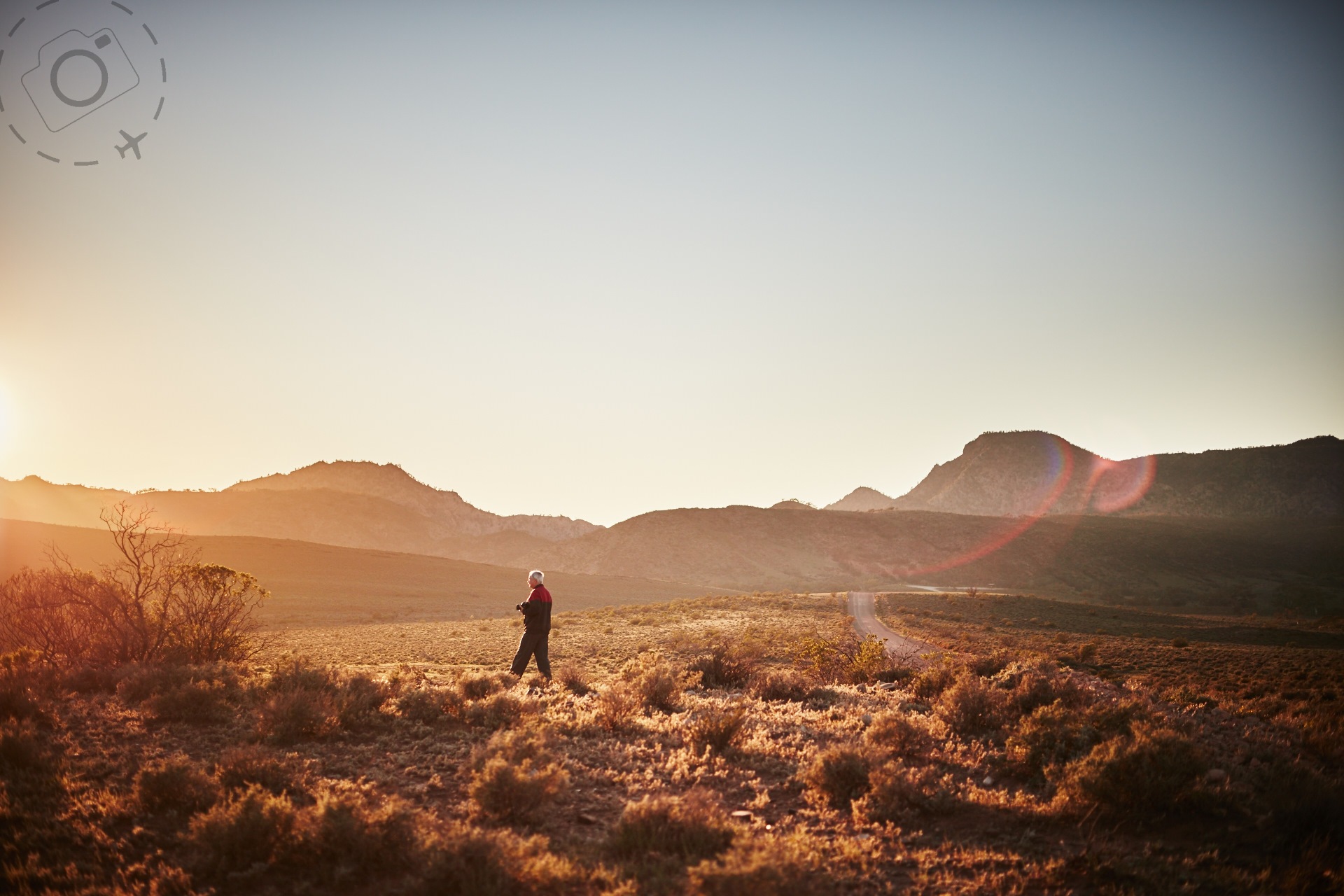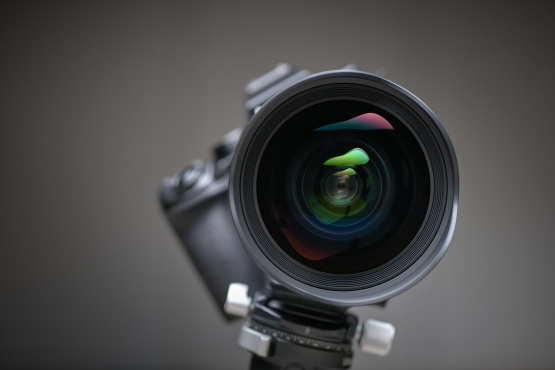Capture One is a RAW file processing package designed by PhaseOne to make the most of their unique digital backs and cameras. Thankfully you don't need to spend $50,000 on a camera to play with the software - PhaseOne release profiles that work with a wide range of Digital SLR cameras too. I became of fan of the software because it offers more efficient processing with equal if not better image quality.
Most of us tend to stick with what we know, it's human nature. I began using Capture One long before the Adobe and Apple even got interested in the market, so I probably have a bias on the subject. One bias I will admit is a desire for leaner software that doesn't slow down my computer with features I don't want or need. Capture One works so well because it's dedicated to the job and wasn't designed by a marketing team.
Capture One won't design a wedding album, doesn't present slideshows and is terrible at making a website. In fact the most recent version only just added support for removing dust-spots. With that new feature I now have no further use for Photoshop. That makes me happy.
The fundamentals of Capture One's design is RAW workflow. The package gives you a series of tools to address image exposure, colour balance, sharpness, distortion, etc. You tweak and tune the image settings and then add that file to the processing queue. Output to JPG or TIFF is handled either as you drop files into the queue, or you can run the queue as a batch process when you're all done.
I wont go into the details of all the software features (read their website for that), other than to state that everything you need is there. Dynamic range manipulation, exposure compensation, cropping and rotation, preset adjustments, loading basic meta-data, advanced copy and compare facilities and more.
The other question that experienced RAW workflow users want to know is how does Capture One handle the database of changes to each file. No decent RAW package would actually change the original RAW file, so the modifications have to be stored in a separate location. Capture One creates a subfolder alongside the RAW files being edited into which it stores the encoded modifications plus a low-res preview file the represents how the final file will look when processed.
The advantage of this is profound for me. I can be on the road travelling and make all my initial optimisations, drop the folder of RAW files onto an external disk and continue working on the desktop back home. It makes backups easier too. PhaseOne are clever enough to include a license that installs on both your desktop and laptop, as most photographers are going to have two machines. Plus you get a series of updates for no extra cost. I bought my license in 2006 and upgraded each time I needed support for a new camera. That's great value.
But let's get back to the original reason why I love Capture One. It's fast. Studio photographers shooting a hundred shots in a day may not find this such a big deal - particularly if you're flying the latest and greatest processors on your desktop. But I still use a 3 year old laptop, I can still shoot 1,000 images in a day when truly inspired, and I still shoot a dozen variations on the same shot with a view to picking the optimum frame once I get back to the hotel.
Capture One has a huge advantage over it's competition when it comes to deleting files. sounds like an odd feature doesn't it. Imagine having a dozen frame of nearly everything you shot that day, and you have a quick way to apply your optimisations across the entire dozen and pick the premium frame. A few keystrokes and you've picked one to keep and dumped the also-rans into the trash.
My choice is pretty easy.
Most professional photographers I know have heard of Capture One but don't use it. These are guys who do a lot of studio work and have been familiar with Adobe products their whole career. I am something of an isolated case in my immediate family of photographic friends. More than a few of my travellers have been sold on the software after my workshop session on RAW processing.
It's not for everyone, and there are plenty of good alternatives. But for me, I wont use anything less.

Keep Reading
Join Ewen's newsletter for monthly updates on new photography articles and tour offers...Subscribe Here









